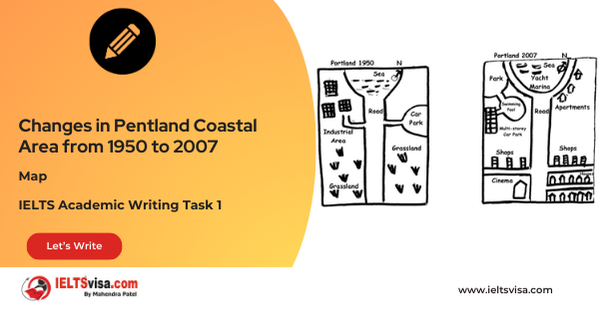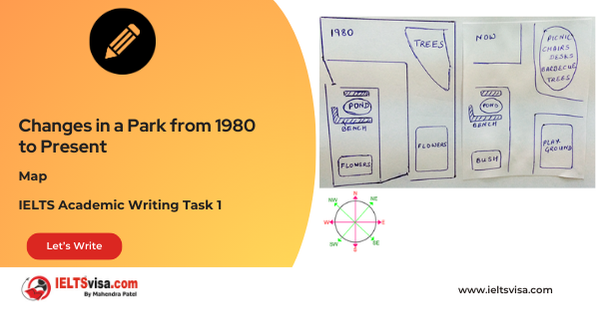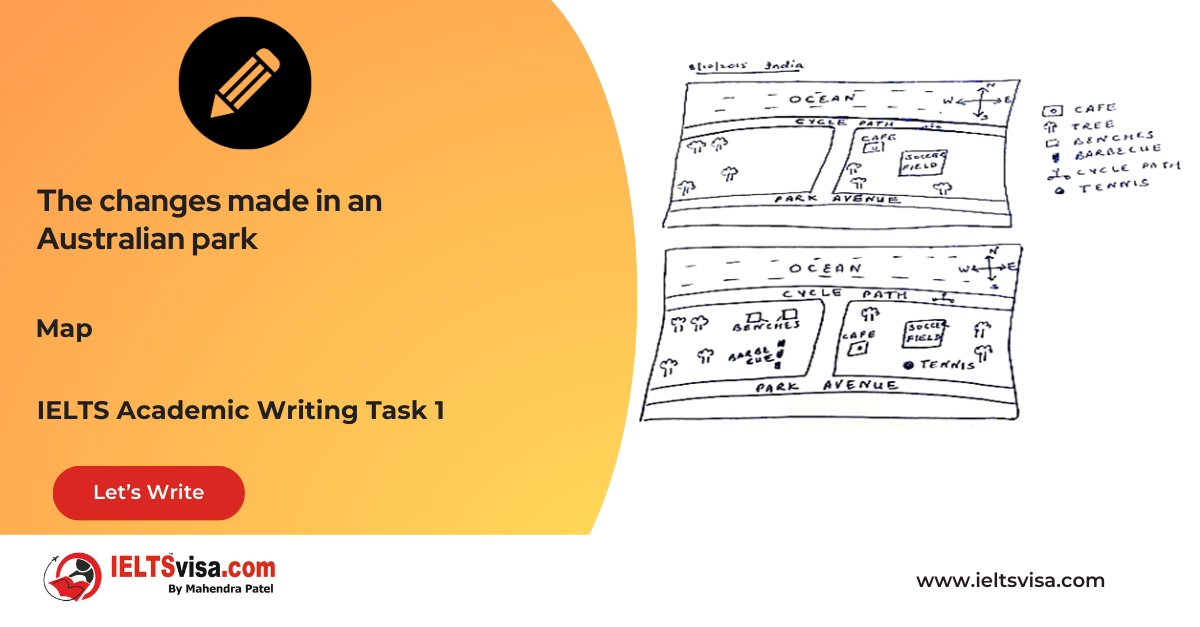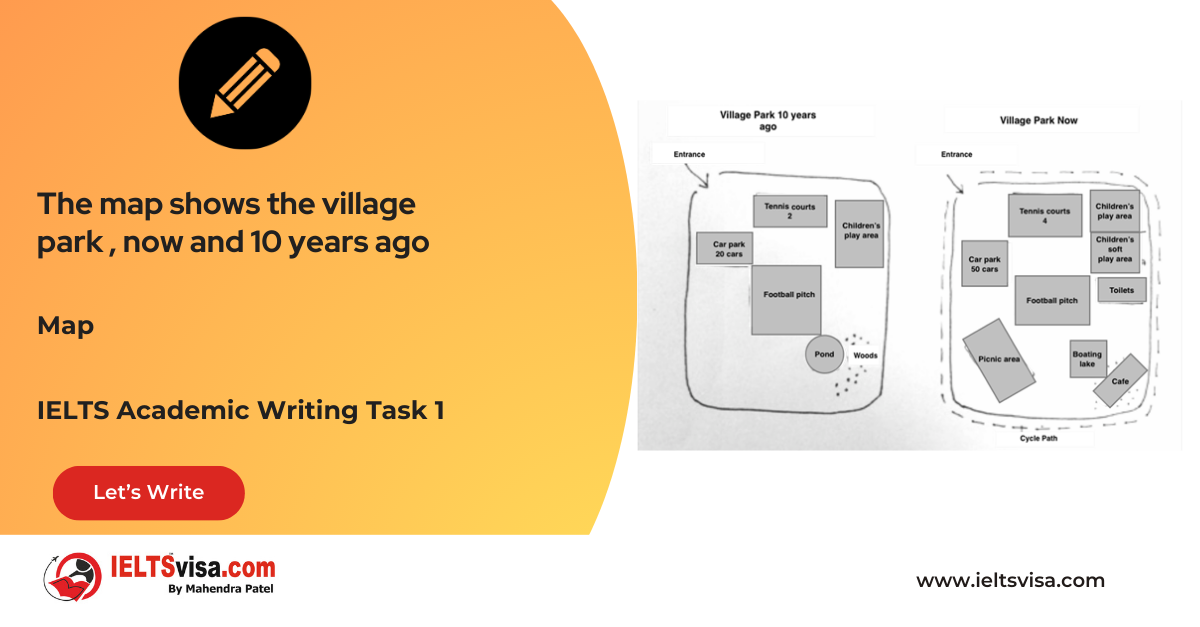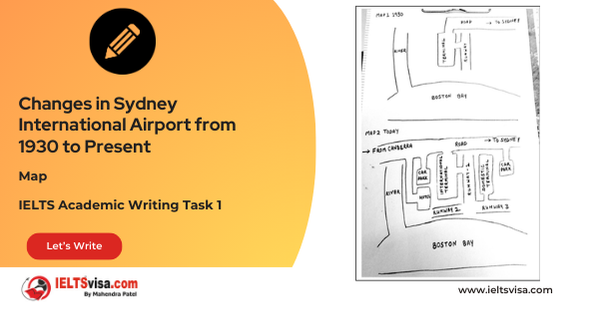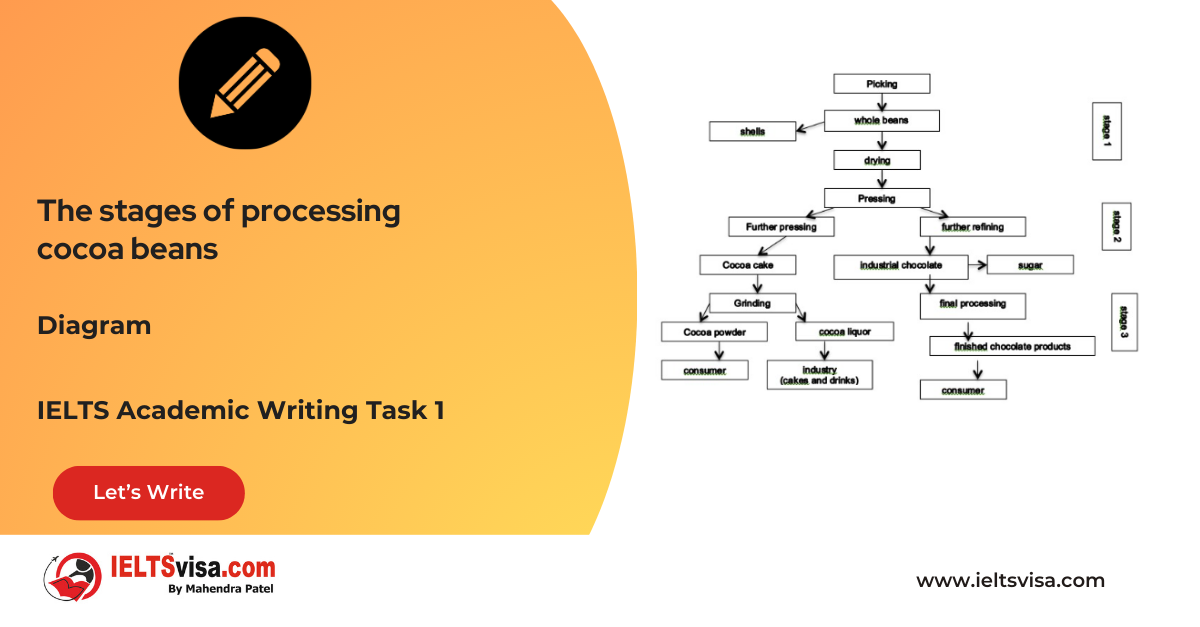The different types of courses, which were followed by the students during the years of 1984, 1994 and 2004
IELTS Academic Writing Task 1 - Pie Chart
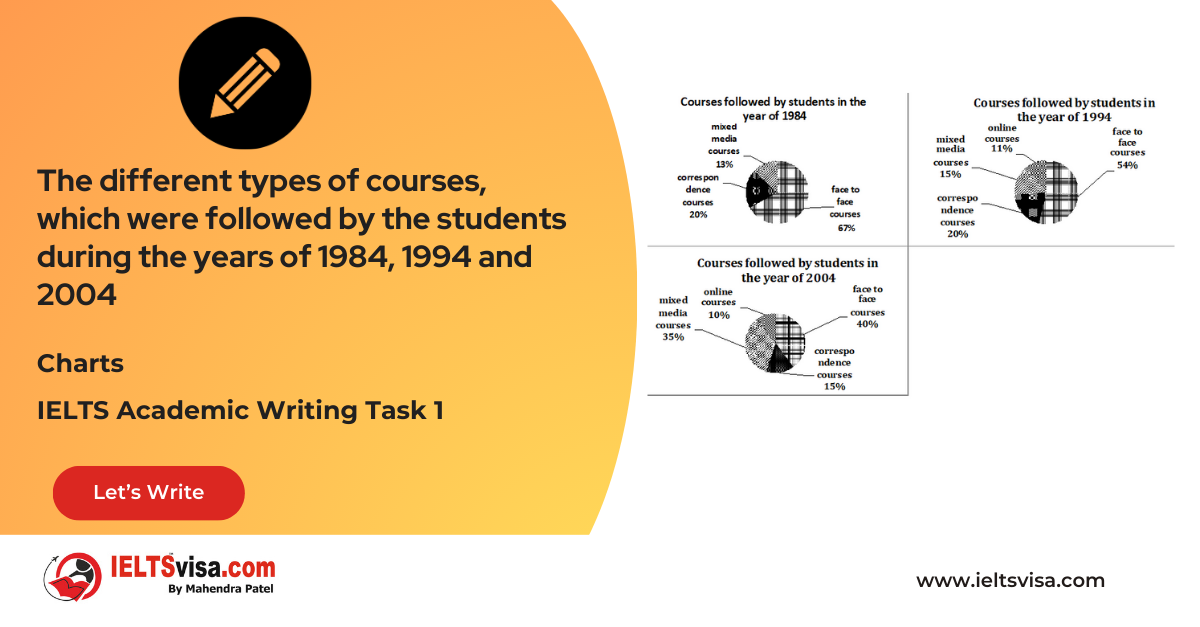
IELTS Writing Task 1 Question
The pie charts below show the different types of courses, which were followed by the students during the years of 1984, 1994 and 2004. Summarize the information by selecting and reporting the main features, and make comparisons where relevant.

Common Questions for the Pie Charts
1. Graph Type: Pie Charts
2. Title: Types of Courses Followed by Students in 1984, 1994, and 2004
3. What are the units of measurement?: Percentage (%)
4. Who: Students
5. What do the charts depict?: Types of courses studied over three different years
6. When: 1984, 1994, 2004
7. Where: Not specified, but likely a general educational context
8. Topic: Trends in course study methods over time
Comparison Showing and Trends Any change over time (such as an increase or a decrease) is a trend.
Comparison 1: Face-to-Face Courses
- Details : Most popular in 1984 (67%), decreased steadily to 40% by 2004.
Comparison 2 : Correspondence Courses
- Details : Remained stable at 20% from 1984 to 1994, but dropped to 15% in 2004.
Comparison 3 : Mixed Media Courses
- Details : Increased from 13% in 1984 to 35% in 2004, showing significant growth.
Comparison 4: Online Courses
- Details : Introduced in 1994, grew to 10% in 2004, indicating a growing trend.
Sample Answer
The pie charts illustrate the types of courses students enrolled in during the years 1984, 1994, and 2004.
Initially, in 1984, face-to-face courses were the most preferred, chosen by 67% of students. Correspondence courses accounted for 20%, while mixed media courses attracted the least interest at 13%. By 1994, the trend began to shift. The popularity of correspondence courses remained unchanged, but face-to-face courses saw a notable decline of 13%, dropping to 54%. In contrast, mixed media courses gained slight popularity, increasing to 15%, while online courses emerged, capturing 11% of the student population.
The most significant change occurred in 2004. Mixed media courses more than doubled their enrollment to 35%, indicating a shift in preference. Face-to-face courses continued to decline, falling to 40%. Furthermore, correspondence courses decreased slightly to 15%, while online courses grew to 10%.
Overall, the data reveals a clear trend away from face-to-face learning in favour of mixed media and online courses over the two decades.
Top 28 Vocabularies
| Vocabulary | Meaning | Synonyms | Examples | Type |
|
Maximum |
The greatest amount or level possible |
Highest, utmost |
“South Africa has the maximum coffee production.” |
Adjective |
|
Consumption |
The action of using up a resource |
Use, utilization |
“European nations lead in coffee consumption.” |
Noun |
|
Distribution |
The way in which something is shared out among a group |
Allocation, sharing |
“Profit distribution shows how earnings are divided.” |
Noun |
|
Profit |
The financial gain made in a transaction |
Earnings, revenue |
“The delivery sector earns half of the total profit.” |
Noun |
|
Sector |
A distinct part or division of an economy |
Division, segment |
“Different sectors contribute to the coffee market.” |
Noun |
|
Illustrate |
To provide a clear example or explanation |
Depict, Demonstrate |
“The charts illustrate global coffee production trends.” |
Verb |
|
Global |
Relating to the whole world |
Worldwide, International |
“The global coffee industry is a major economic player.” |
Adjective |
|
Leading |
Ranking first or being most important |
Dominant, Primary |
“South Africa is the leading producer of coffee.” |
Adjective |
|
Account for |
To constitute or make up a portion of something |
Make up, Represent |
“South Africa accounts for 44% of the global coffee production.” |
Verb |
|
Follow |
To come next in a sequence or ranking |
Succeed, Trail |
“Indonesia follows South Africa in coffee production.” |
Verb |
|
Comprising |
Forming or making up a whole |
Consisting of, Including |
“European countries comprise 41% of global coffee consumption.” |
Verb |
|
Traled |
To come behind or closely follow |
Followed, Behind |
“The USA is closely trailed by European nations in consumption.” |
Verb |
|
Highlighting |
Drawing attention to something |
Emphasizing, Showcasing |
“Japan’s low consumption rate highlights its role as both a producer and consumer.” |
Verb |
|
Status |
The relative position or standing in comparison |
Position, Rank |
“Japan has a unique status as both a producer and consumer of coffee.” |
Noun |
|
Remaining |
What is left after a part has been taken or excluded |
Leftover, Residual |
“The remaining countries account for just over 20% of global consumption.” |
Adjective |
|
Reveals |
To make something known or visible |
Discloses, Shows |
“The third chart reveals the profit distribution in the coffee market.” |
Verb |
|
Profit |
Financial gain or return |
Earnings, Revenue |
“The delivery sector claims the largest share of coffee profits.” |
Noun |
|
Market |
The commercial activity related to the buying and selling of goods |
Industry, Trade |
“The coffee market is dominated by the delivery and retail sectors.” |
Noun |
|
Commands |
To hold or possess in an authoritative way |
Holds, Controls |
“The delivery sector commands the largest profit share.” |
Verb |
|
Earn |
To receive payment or profit from work or investment |
Receive, Gain |
“Retailers earn 25% of the coffee profits.” |
Verb |
|
Collectively |
As a group or whole |
Together, Combined |
“Other countries collectively account for over 20% of global consumption.” |
Adverb |
|
Indicates |
To show or suggest something |
Demonstrates, Suggests |
“The data indicates that consumption and production patterns are closely linked.” |
Verb |
|
Importers |
Those who bring goods into a country for sale |
Traders, Suppliers |
“Countries with the highest consumption are often the largest importers of coffee.” |
Noun |
|
Noteworthy |
Deserving attention or special mention |
Remarkable, Significant |
“It is noteworthy that the delivery sector profits more than any other.” |
Adjective |
|
Sector |
A specific part of a larger system or activity |
Division, Segment |
“The retail sector accounts for a significant share of profits.” |
Noun |
|
Distribution |
The action of sharing or spreading something |
Allocation, Dispersion |
“Profit distribution shows how earnings are divided between sectors.” |
Noun |
|
Smallest |
The least in size or amount |
Least, Minor |
“Travel books hold the smallest share in the coffee industry.” |
Adjective |
|
Contribution |
The part played in bringing about a result |
Input, Share |
“The delivery sector’s contribution to the coffee industry is the largest.” |
Noun |
|
Trends |
Patterns or general directions of change |
Movements, Developments |
“The trends in coffee production have shifted over time.” |
Noun |

Our Books
Master IELTS Speaking Part 1
IELTS Writing Task 1 Book
IELTS Writing Task 2 Book
Writing Task 1 Question Types
Practice IELTS Other Modules
IELTS Listening
The IELTS Listening test assesses how well you can understand spoken English in various contexts. It lasts about 30 minutes and is divided into four sections with a total of 40 questions. The listening tasks become increasingly difficult as the test progresses.
IELTS Academic Reading
The IELTS Academic Reading section assesses your ability to understand and interpret a variety of texts in academic settings. It is designed to evaluate a range of reading skills, including skimming for gist, reading for main ideas, reading for detail, understanding inferences, and recognizing a writer's opinions and arguments.
IELTS Speaking
The IELTS Speaking test assesses your ability to communicate in English on everyday topics. It lasts 11-14 minutes and consists of three parts: introduction, cue card, and a discussion based on the cue card topic.
IELTS General Reading
IELTS General Reading tests your ability to understand and interpret various types of texts. Here are some key areas and types of content you can expect to encounter in the reading section, along with tips for effective preparation.
IELTS Academic Writing Task 1
In IELTS Academic Writing Task 1, you are presented with a visual representation of information, such as graphs, charts, tables, or diagrams, and you are required to summarize, compare, or explain the data in your own words.
IELTS General Writing Task 1
In IELTS General Writing Task 1, you are required to write a letter based on a given situation. The letter can be formal, semi-formal, or informal, depending on the prompt. Here’s a breakdown of the key components to include in your letter
IELTS Academic Writing Task 2
In IELTS Academic Writing Task 2, you are required to write an essay in response to a question or topic. Here’s a guide to help you understand the essential elements of this task
IELTS Exam Tips
To succeed in the IELTS exam, practice regularly, familiarize yourself with the test format, improve your vocabulary, develop time management skills, and take mock tests to build confidence.
Grammer for IELTS
Grammar is the foundation of effective communication in English. Understanding tense usage, subject-verb agreement, and sentence structure enhances clarity and coherence in writing and speaking.
Vocabulary for IELTS
Vocabulary plays a crucial role in the IELTS (International English Language Testing System) exam, especially in the Speaking and Writing sections. Here’s an overview of why vocabulary is important and how it impacts your performance
RECENT IELTS SAMPLES QUESTIONS AND ANSWERS
Task 1 – Map -Changes in Pentland Coastal Area from 1950 to 2007
[df_adh_heading title_infix="IELTS Writing Task 1 Question" use_divider="on"...
Task 1 – Map -Changes in a Park from 1980 to Present
[df_adh_heading title_infix="IELTS Writing Task 1 Question" use_divider="on"...
Task 1 – Maps – The changes made in an Australian park
20:00 Start Pause Stop [df_adh_heading title_infix="IELTS Writing Task 1 Question" use_divider="on"...
Task 1 – Maps- The map shows the village park, now and 10 years ago
20:00 Start Pause Stop [df_adh_heading title_infix="IELTS Writing Task 1 Question" use_divider="on"...
Task 1 – Map -Changes in Sydney International Airport from 1930 to Present
[df_adh_heading title_infix="IELTS Writing Task 1 Question" use_divider="on"...
Task 1 – Diagram – The stages of processing cocoa beans
20:00 Start Pause Stop [df_adh_heading title_infix="IELTS Writing Task 1 Question" use_divider="on"...

